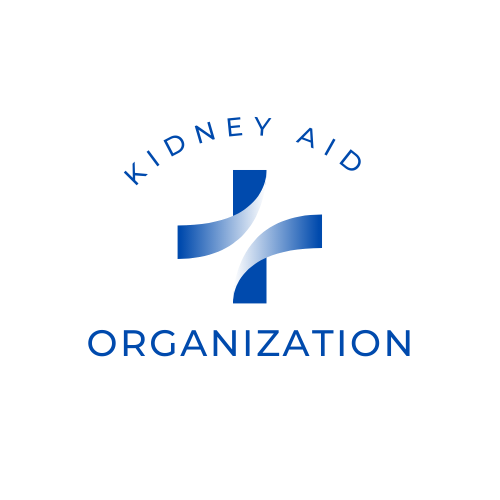What is the Pathophysiology of Chronic Kidney Disease? Chronic kidney disease (CKD) is a long-term condition where the kidneys gradually lose their function over time. The pathophysiology of CKD involves damage to the kidney's nephrons, which are the microscopic filters responsible for cleaning blood and producing urine. This damage can be caused by a variety of factors, including high blood pressure, diabetes, and certain medications.
Pathophysiology of CKD in Flowchart
The pathophysiology of CKD can be depicted in a flowchart that outlines the sequence of events that lead to kidney damage and ultimately, kidney failure. This flowchart typically begins with the initial insult to the kidneys, such as hypertension or diabetes, which can cause damage to the blood vessels and nephrons. This damage leads to a decreased glomerular filtration rate (GFR), which is the rate at which blood is filtered by the kidneys. Over time, as GFR declines, waste products and toxins accumulate in the blood, leading to a variety of complications.
What is The Pathophysiology of Chronic Renal Failure?
Chronic renal failure, also known as end-stage renal disease (ESRD), is the final stage of CKD. The pathophysiology of ESRD is similar to that of CKD, but with more severe damage to the kidneys. As the kidneys lose function, waste products and toxins accumulate in the blood, leading to symptoms such as fatigue, nausea, and swelling. ESRD requires dialysis or a kidney transplant to replace the lost kidney function.
Does Chronic Kidney Disease Progress Quickly?
The progression of CKD can vary depending on the underlying cause and individual factors such as age and overall health. In some cases, CKD can progress quickly and lead to kidney failure within a few months. In other cases, it may progress more slowly and may not require treatment for several years. Regular monitoring of kidney function is important for early detection and intervention.
What Should My GFR Be For My Age?
Glomerular filtration rate (GFR) is a measure of how well the kidneys are functioning. A normal GFR is typically around 90-120 mL/min/1.73m², but this can vary depending on age, gender, and other factors. As we age, our GFR naturally declines, and it's important to monitor kidney function regularly to detect any changes early. If your GFR is below 60 mL/min/1.73m² for three months or more, you may be diagnosed with CKD.
How to Classify CKD?
CKD is typically classified into five stages based on GFR and the presence of other signs or symptoms. Stage 1 CKD is characterized by mild kidney damage with a GFR of 90 or higher. Stage 5 CKD is end-stage renal disease with a GFR of less than 15, requiring dialysis or transplant. Treatment options depend on the stage of CKD and may include medication to manage blood pressure or blood sugar, lifestyle changes, or dialysis/transplant.
Conclusion
Understanding the pathophysiology of chronic kidney disease can help individuals take a proactive approach to managing their kidney health. Regular monitoring of kidney function, lifestyle changes such as a healthy diet and exercise, and medication management can all play a role in slowing the progression of CKD and improving outcomes. With proper management and care, individuals with CKD can lead a healthy and fulfilling life.

